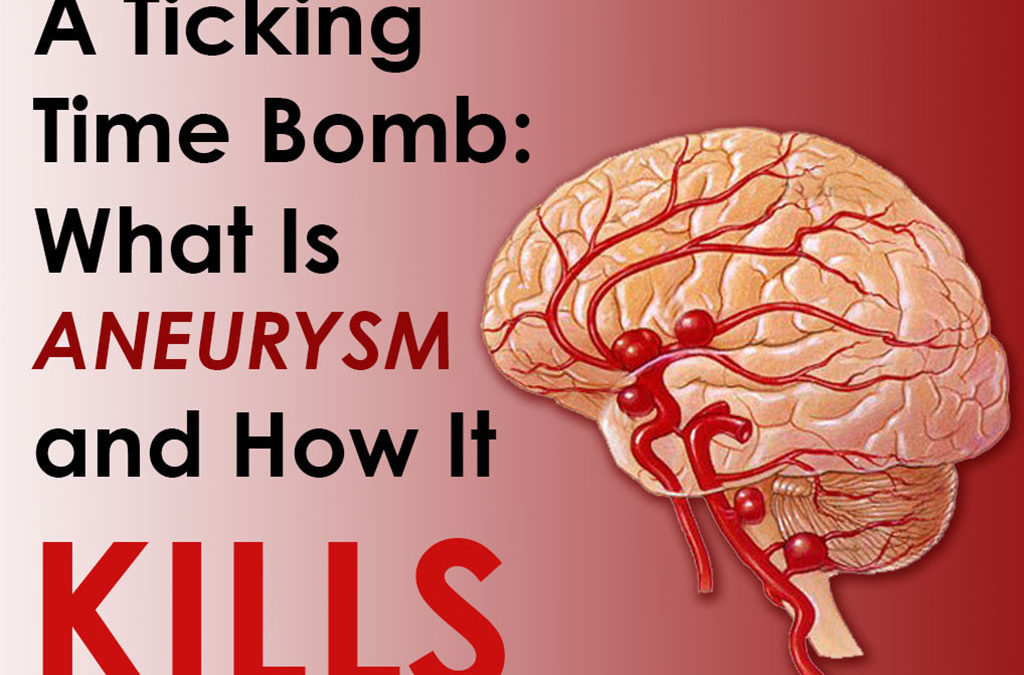She was young, healthy, and athletic. It didn’t matter, though, actress, athlete, and professional pilot Isabel Granada passed away just the same. The culprit? Aneurysm. A complication that can develop over time and with no noticeable symptoms. A bomb waiting to explode.
Basically, an aneurysm develops when the wall of an artery weakens and then expands into an abnormally large bulge. This large bulge can then rupture and cause internal hemorrhage. This complication can happen in any part of the body, although it commonly occurs in the following body parts:
- Brain
- Aorta
- Legs
- Spleen
A report from the Manila Standard, stated that while this complication has a 50% mortality rate, the general population only has a two percent chance of developing a brain aneurysm. Which is still alarming, considering that two percent of the total population (100 million Filipinos) mean two million Filipinos potentially have it.
What Is the Cause?
According to the American Heart Association, although it does not have any clear causes, there are several factors that might contribute in the formation of aneurysms:
- If you have family members who have/had aneurysm, then it is most likely that you’ll develop one yourself.
- You could be born with it or born with weak blood vessels.
- If you have a heart condition, high blood pressure, high cholesterol, or if you smoke
- A severe head injury can also cause an aneurysm
- Drug abuse, particularly cocaine.
Also, women are identified to be likelier to develop brain aneurysms while men are more prone to aortic aneurysms. On the other hand, the risk of abdominal aortic aneurysms increases as one grows older. People who are 65 years old and up are more likely to have these aneurysms.
Relation to Diabetes
Another factor can contribute to the formation of aneurysms: atherosclerosis or the build-up of plaque inside the walls of an artery. Diabetes somehow accelerates this condition by driving inflammation and slowing blood flow.
For diabetics with a very high blood sugar and cholesterol levels, the risk of developing aneurysm is greatly magnified. An active lifestyle and drastically reducing the blood sugar and cholesterol levels will go a long way for diabetics who don’t want to get aneurysms.
What Are the Symptoms?
 The symptoms for aneurysm vary greatly depending on the state of said complication. One of the key symptoms of a ruptured aneurysm is a severe headache. Other symptoms include:
The symptoms for aneurysm vary greatly depending on the state of said complication. One of the key symptoms of a ruptured aneurysm is a severe headache. Other symptoms include:
- Seizures
- Nausea and vomiting
- Sensitivity to light
- Loss of consciousness
- Confusion
- Stiff neck
- Blurred or double vision
- A drooping eyelid
For a leaking aneurysm, or the type that leaks a slight amount of blood, the only noticeable symptom is a raging headache. A severe rupture normally follows the leak. An unruptured aneurysm, on the other hand, does not have any noticeable symptoms. Although a large unruptured aneurysm might induce the following:
- Dilated pupil
- Numbness of one side of the face
- Pain above and behind one eye
- Change in vision or double vision
It is recommended that a person who suddenly develops an extremely severe headache immediately seek medical attention. The doctor will most likely ask you to undergo several diagnostic tests to see if you have an aneurysm.
How Is It Treated?
If the diagnostic tests come back positive, then surgery is the most likely treatment for aneurysm. If it is still unruptured, the patient will be monitored closely, and the neurosurgeon will be giving recommendations on how to proceed. Factors to consider when treating unruptured aneurysms include:
- Size, location, and overall appearance of the aneurysm
- Family history of ruptured aneurysm
- Patient’s age and general health
- Congenital conditions of the patient that may increase the risk of the aneurysm rupturing
A lifestyle change is most definitely needed when treating an unruptured aneurysm. The patient will be asked to stop smoking if he is smoking or be subjected to a rehabilitation center if taking illegal drugs. A healthy diet and an active lifestyle can also significantly lower the chances of a ruptured aneurysm.



